The audiovisual (AV) systems industry has transformed over the past decade. This change has been propelled by continuous technological advancements and the evolving nature of work itself. The relationship between AV systems and work habits is a deeply symbiotic one—each influences the other.
As AV innovations have enabled more dynamic and flexible work environments, the changing demands and expectations of the modern workplace have in turn pushed the AV industry to develop even more sophisticated, efficient, and adaptable solutions. From the traditional use of projectors for basic presentations to the fully integrated Microsoft Teams Rooms transforming collaborative work, the way we work and communicate has continuously shaped the development of AV systems—and vice versa.
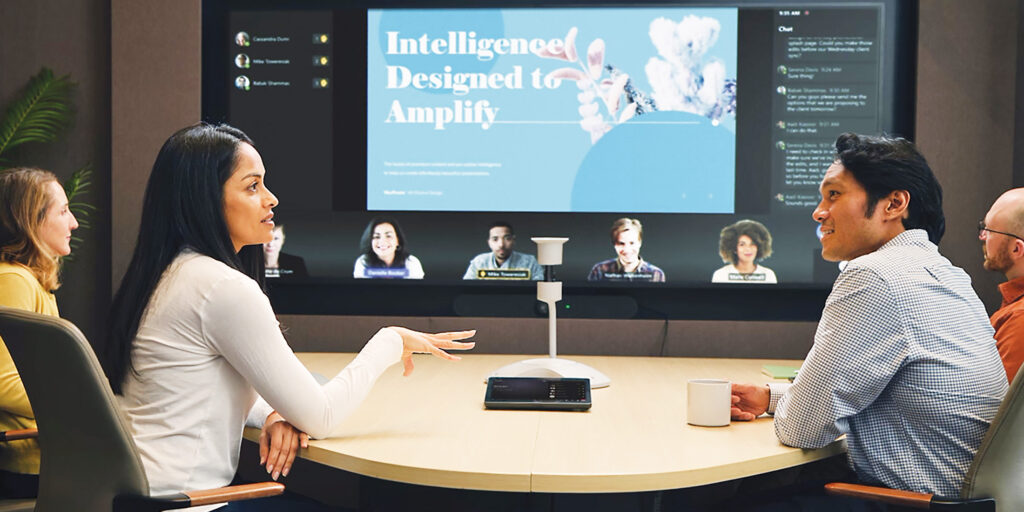
The Rise of AV Technology: Modern Work Expectations
The introduction of AV systems into business communication revolutionized how organizations shared information. Early AV tools such as projectors and basic screens allowed employees to convey complex ideas visually, enhancing the way presentations were delivered. These innovations quickly became the standard for corporate communication, and as the expectation for high-quality presentations grew, AV technology responded with enhancements in display resolution, sound quality, and interactivity. Today, cutting-edge solutions like the Sony 4K Laser Projector and LG UltraFine LED Displays provide crystal-clear visuals that captivate audiences, while sophisticated audio systems like the Biamp TesiraFORTE deliver sound clarity.
This trend has expanded into the realm of digital platforms, with services like Microsoft Teams, Zoom, Webex, and Google Meet now integral to everyday business communication. The need to connect and share information remotely has spurred new innovations, enabling seamless integration between digital platforms and traditional AV systems, making collaborative work more dynamic and accessible for employees, whether they’re in the office or working remotely.
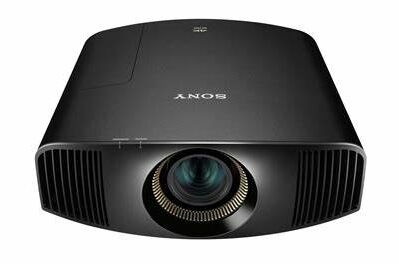
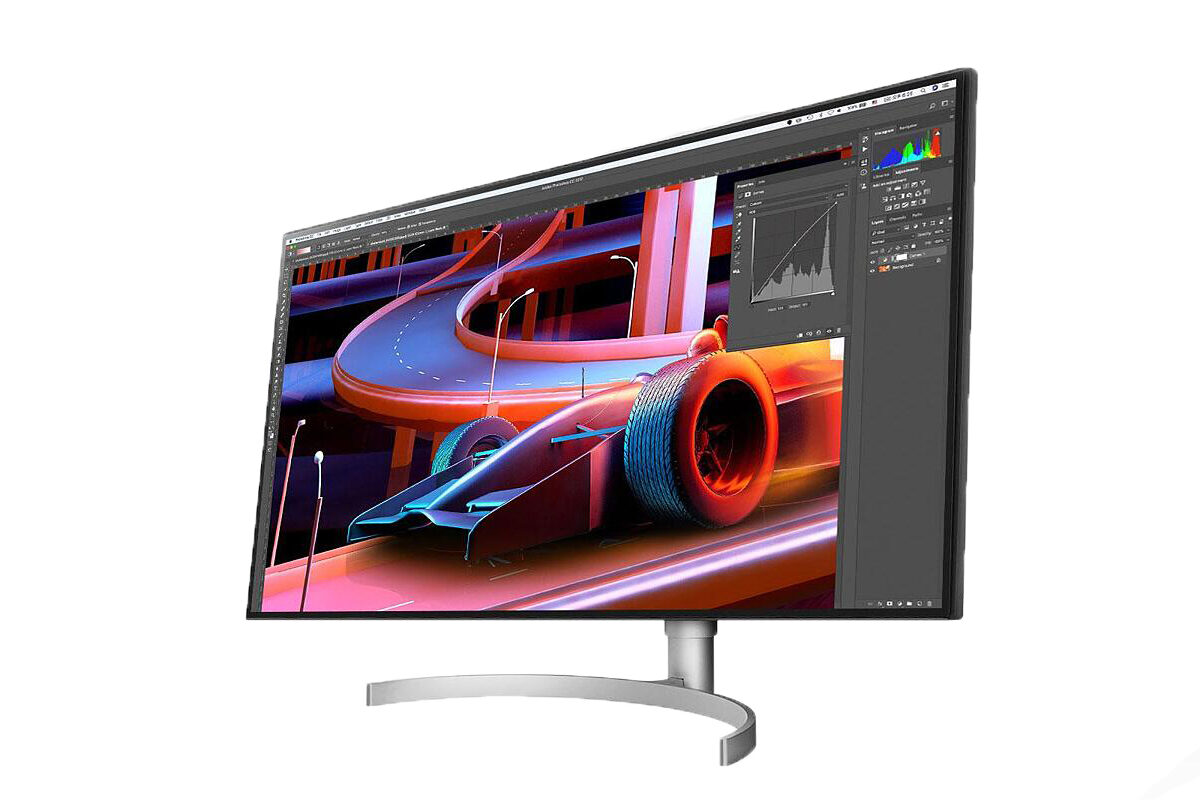
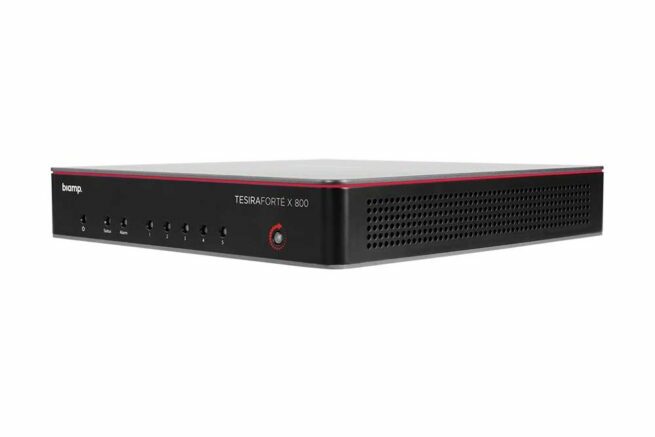
How Modern Work Habits Have Driven AV Innovation
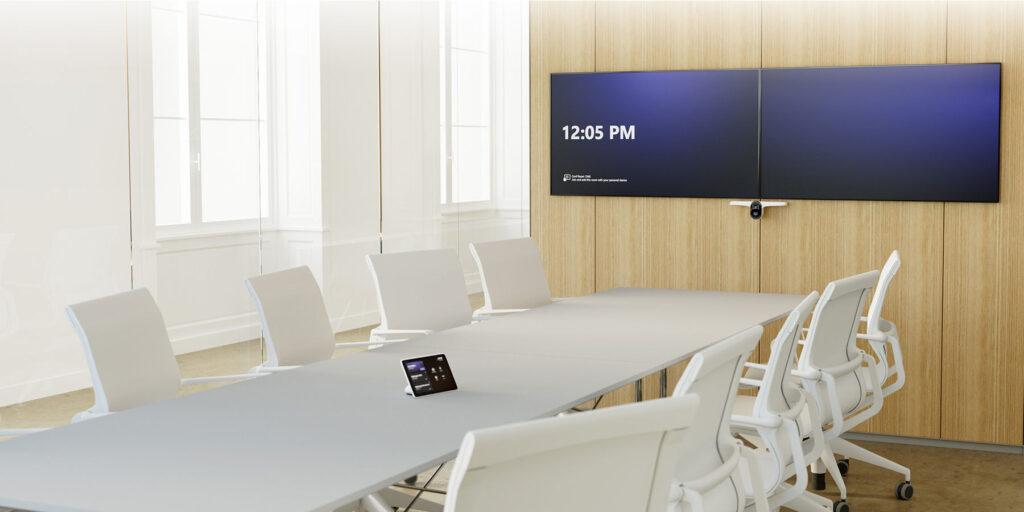
The shift toward remote and hybrid work has dramatically transformed how businesses use AV technology. Where AV systems were once confined to boardrooms and conference spaces, they now play a vital role in supporting a geographically dispersed workforce that relies heavily on digital communication tools. As remote work became the norm during the global pandemic, demand for high-definition video conferencing systems skyrocketed. Devices like the Poly Studio X50 and the Cisco Webex Room Kit have become essential tools for ensuring teams remain productive and connected, regardless of location.
This evolution has led to the integration of real-time collaboration features, virtual meeting capabilities, and cross-platform functionalities. AV systems now need to support smooth transitions between digital collaboration tools such as Microsoft Teams, Zoom, and Slack, ensuring that teams can collaborate seamlessly without barriers between devices or platforms. These innovations have driven AV developers to prioritize ease of use, ensuring that all team members—whether on-site or remote—can participate in meetings and discussions without technical complications.
From Presentation Systems to Digital Hubs
Gone are the days when conference rooms were simple spaces equipped with just projectors and sound systems. Today’s modern meeting spaces have transformed into digital collaboration hubs, equipped with tools that support a variety of work modes. These advanced systems enable everything from traditional presentations to dynamic brainstorming sessions, making them versatile enough to accommodate the shifting needs of today’s workforce.
Tools like the SMART Board interactive displays and Cisco Webex Board Pro devices have ushered in a new era of real-time collaboration. These interactive systems allow teams to share ideas, annotate documents, and make changes simultaneously, whether they’re working in the same room or remotely. For an even more immersive audio experience, advanced products like the Shure MXA910 Ceiling Array Microphone ensure that everyone in the room—and on the call—can hear and be heard with perfect clarity. These innovations represent the growing demand for AV systems that are as adaptable as the workplace itself, accommodating in-office, remote, and hybrid work scenarios with ease.
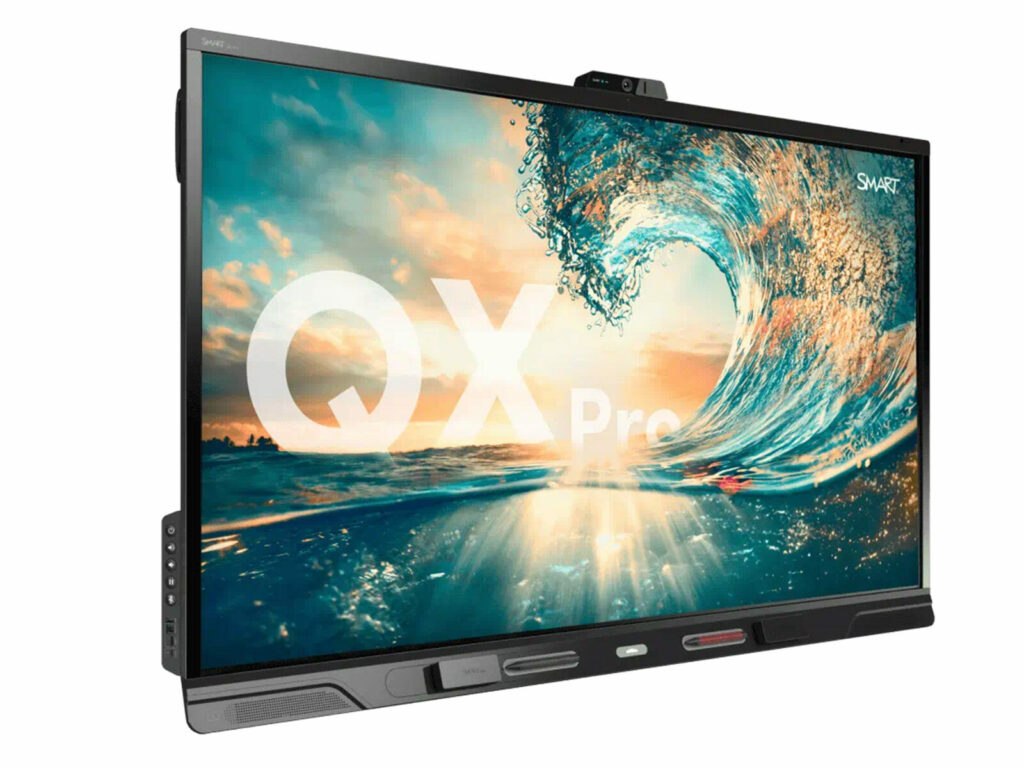
The Impact of Digital Platforms on AV Systems
As businesses increasingly rely on digital collaboration platforms like Microsoft Teams, Zoom, and Slack, AV systems must adapt to integrate seamlessly with these cloud-based tools. No longer can AV systems function in isolation; they are now a critical component of a connected, digital ecosystem. This shift has brought about new innovations that enhance interoperability, allowing businesses to enjoy seamless transitions between different communication and project management platforms.
Solutions like Crestron Flex and Barco ClickShare Conference have revolutionized the AV experience. These products integrate effortlessly with popular tools, while also enabling wireless connections between users’ devices and room displays, microphones, and cameras. This integrated approach streamlines workflows and fosters greater collaboration, reducing the friction typically associated with switching between platforms. By aligning AV systems with the digital platforms employees use every day, businesses can ensure a more unified, productive workspace.
Creating Agile and Adaptable Workspaces
The modern office is no longer a static environment. As businesses embrace a variety of work styles and needs—whether it’s a quick brainstorming session, a large presentation, or a hybrid meeting—workspaces must be flexible and adaptable. To meet this demand, modular AV solutions have emerged as a key innovation. These systems can be easily reconfigured to suit the unique requirements of different types of meetings, allowing companies to optimize their spaces without the need for costly renovations or reconfigurations.
For example, Logitech Rally Systems offer modular components that allow for scalable video conferencing. These systems can grow with a business, adapting to changing needs as teams expand and the nature of work evolves. This flexibility ensures that AV technology serves as an enabler of productivity, rather than a constraint. Whether it’s for a team huddle, an all-hands meeting, or a hybrid conference with remote participants, these systems provide businesses with the flexibility to meet the demands of modern work.

The Future of AV Systems and Workplace Dynamics
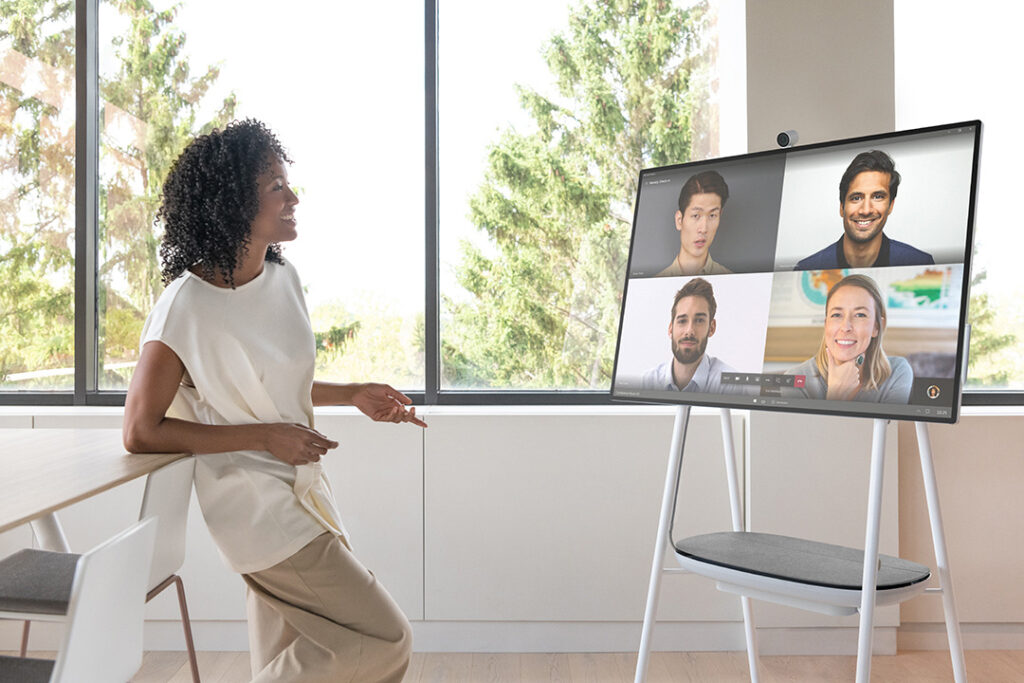
Looking ahead, the relationship between AV technology and work habits will continue to evolve as businesses embrace digital transformation. New technologies such as artificial intelligence, virtual reality, and automation will further integrate with AV systems, offering even more dynamic and immersive ways to collaborate and communicate. For instance, products like the Microsoft Surface Hub are paving the way for a future where interactive collaboration is even more seamless, while advanced camera systems such as the Huddly IQ use AI to optimize video feeds, adjusting in real time based on the room’s dynamics.
As the demand for personalized, high-quality AV experiences grows, the AV industry will continue to innovate to meet the needs of the modern workforce. Future systems will be smarter, more intuitive, and even more adaptable, helping businesses create work environments that are as dynamic and diverse as their teams.
Partner with America’s Leading AV Technology Company
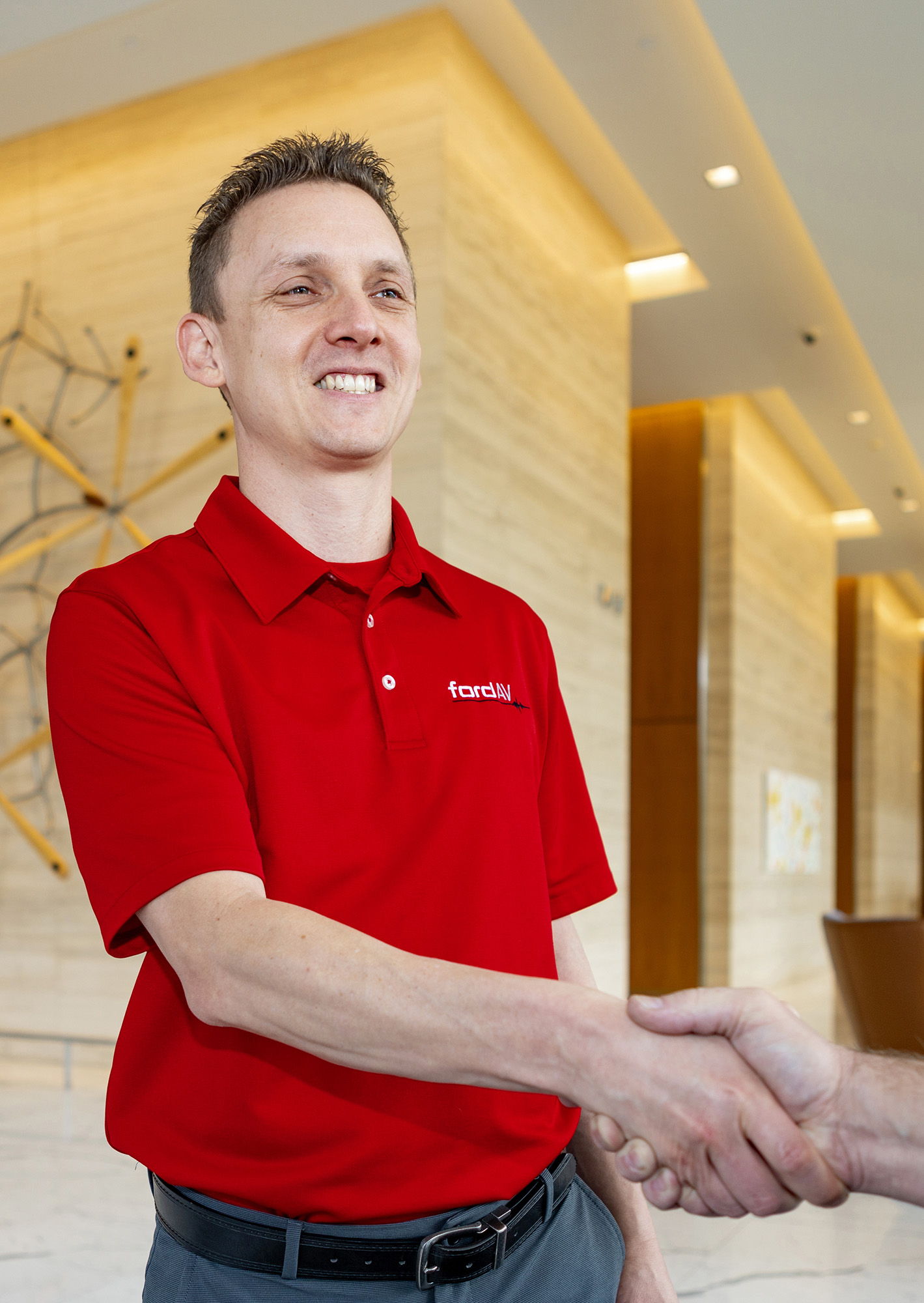
- 50+ Years of Experience – Designing and integrating innovative audiovisual systems for organizations across multiple industries.
- Nationwide AV Services – Local teams supported by a national network for dependable AV installation, maintenance, and ongoing support.
- Comprehensive Expertise – From collaboration rooms and video conferencing systems to digital signage, enterprise control systems, and managed AV services.
- Scalable, Future-Ready Solutions – Engineered for reliability, flexibility, and seamless user experiences.
- Proven Performance – Trusted by Fortune 500 companies, universities, government agencies, houses of worship, and more.
Ready to connect with Ford AV professionals? Fill out the form below to transform your space with expertly designed and integrated AV technology.






